STUST's "Zuoyao Shansen—Value Added to Creative Life 2.0" USR project integrates school curriculum with local issues, addressing community needs and injecting new vitality into cultural, industrial, and brand development. In the 113th academic year, Professor Meng-ling Lai from the Department of Visual Communication Design led students to the Gongguan community in Zuozhen and the Beitouyang Development Association in Jiali to design product gift boxes and brand logos for both communities. Following the course, further discussions on collaboration models took place, culminating in an authorization signing ceremony on February 21, officially unveiling the brand designs for the Gongguan and Beitouyang communities.
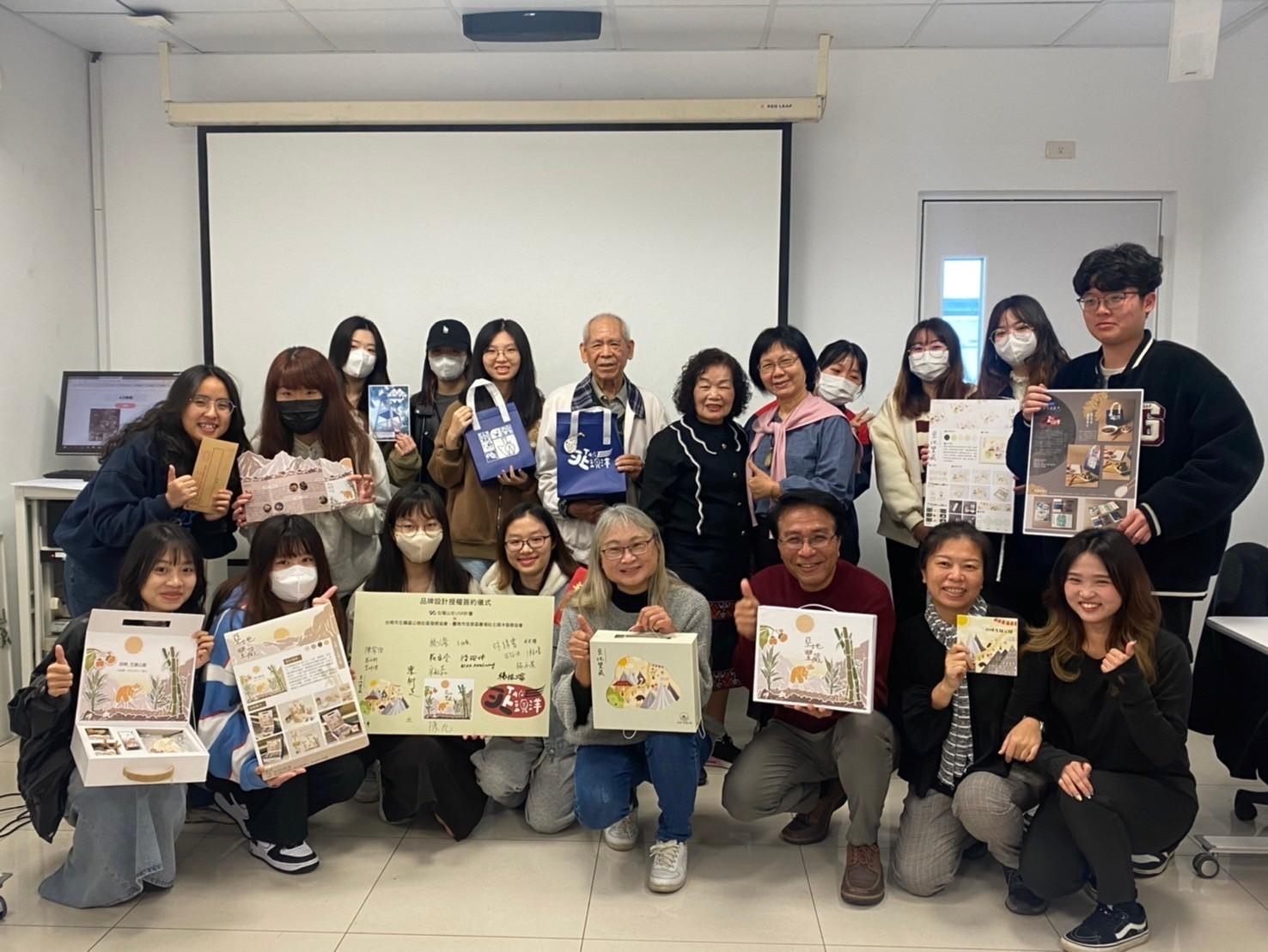
【A photo of the signing ceremony between STUST, Gongguan Community, and Beitouyang Development Association】
Since 2013, the Gongguan Community has developed plants into a cultural industry. Kudzu (Pueraria montana var. lobata) is processed into kudzu powder and used to produce noodles, light cream, and facial masks. Visitors can also participate in DIY workshops to make snow-flake rice cakes using kudzu powder, promoting its unique flavor. Students redesigned the community’s original product packaging and created a series of kudzu-themed souvenir gift boxes, incorporating Siraya cultural elements, local life scenes, and specialties to develop the distinctive "Edi Fengzang" souvenir set.
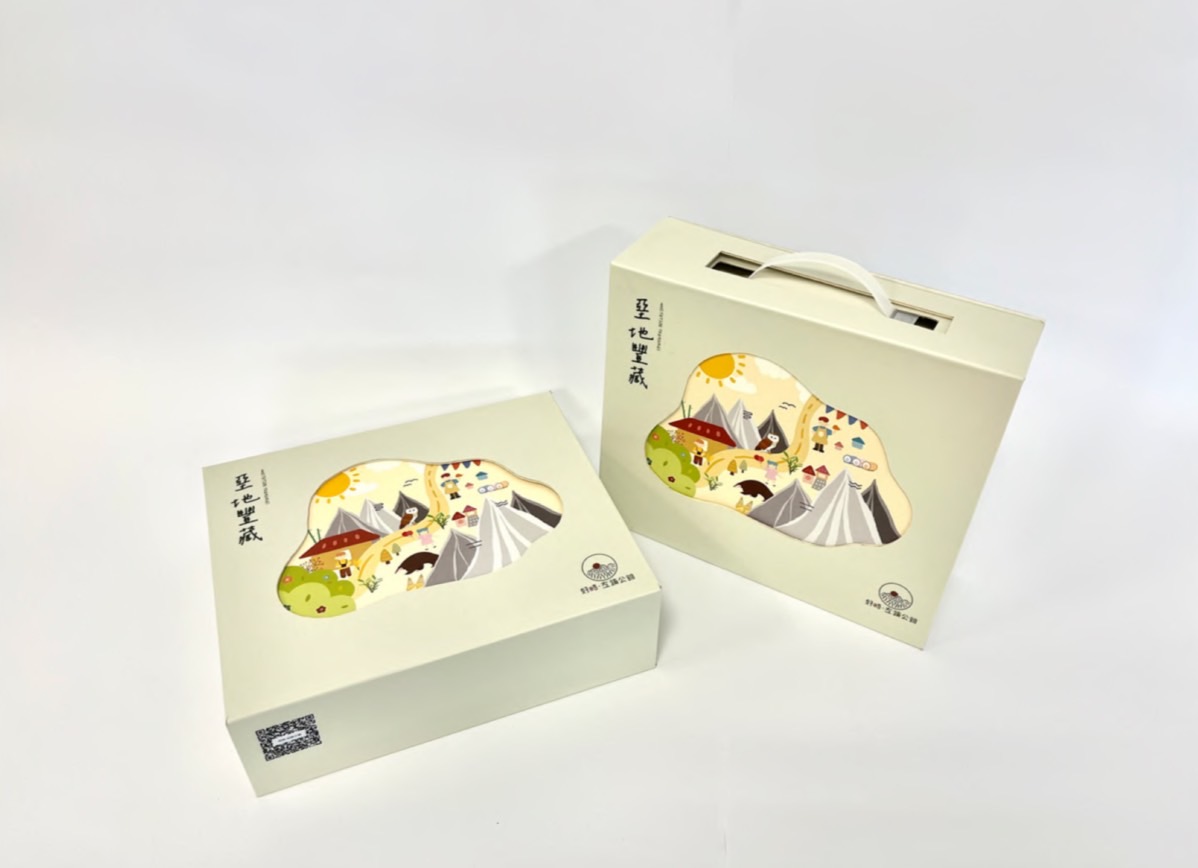
【An Image of Gongguan packaging design】
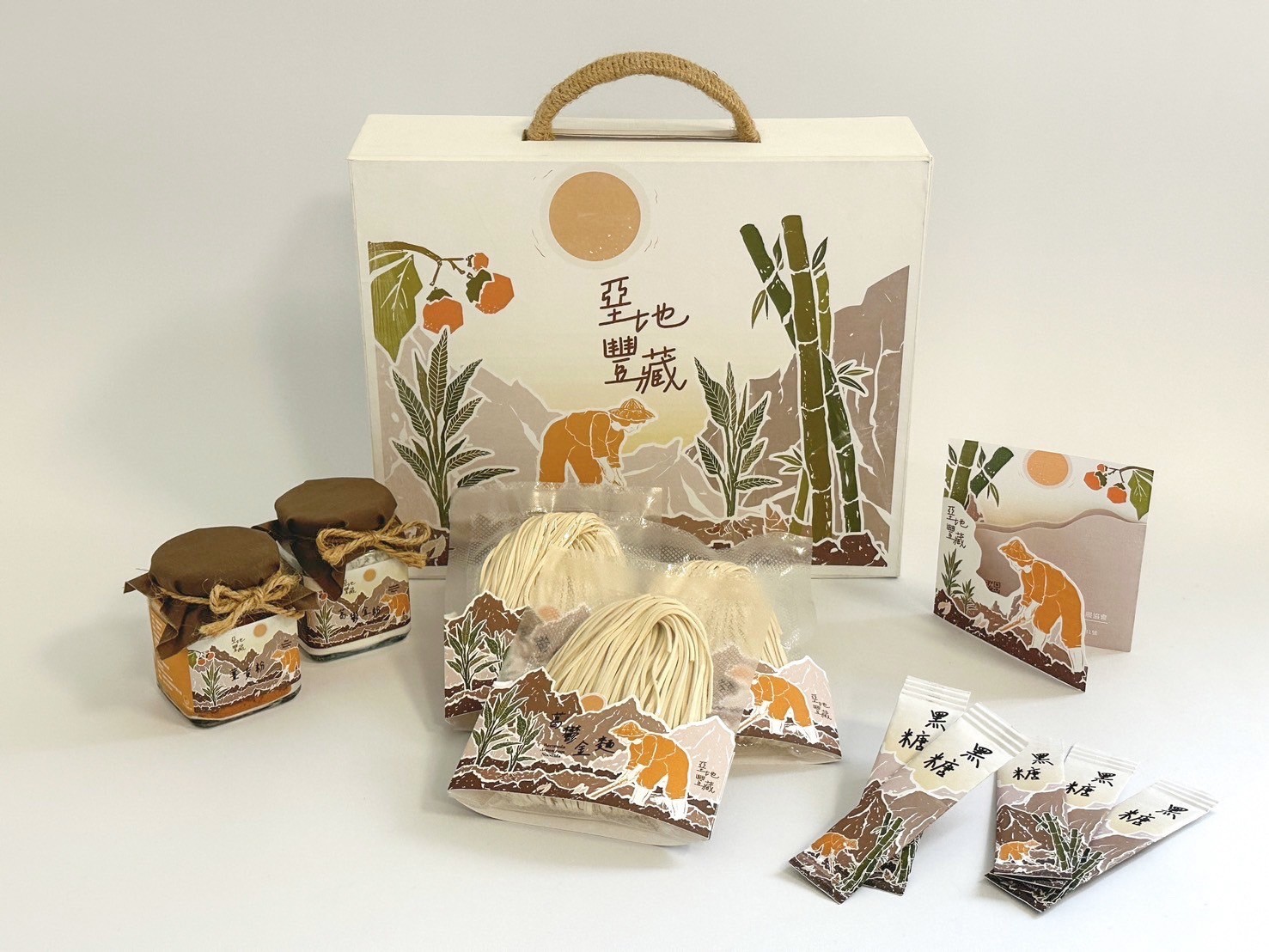
【An Image of Gongguan packaging design】
The Beitouyang Development Association is a settlement of the Siraya people, with a long history of preserving and promoting Siraya culture. The area also features cultural parks, the Dutch Well, and Wanggaoliao scenic spots. With support from the project, the Beitouyang Development Association revitalized Siraya traditions and developed “May” specialty meal and chicken soup. Students immersed themselves in the culture and integrated it into the visual design, creating a refreshed look for the community’s product packaging and bags.
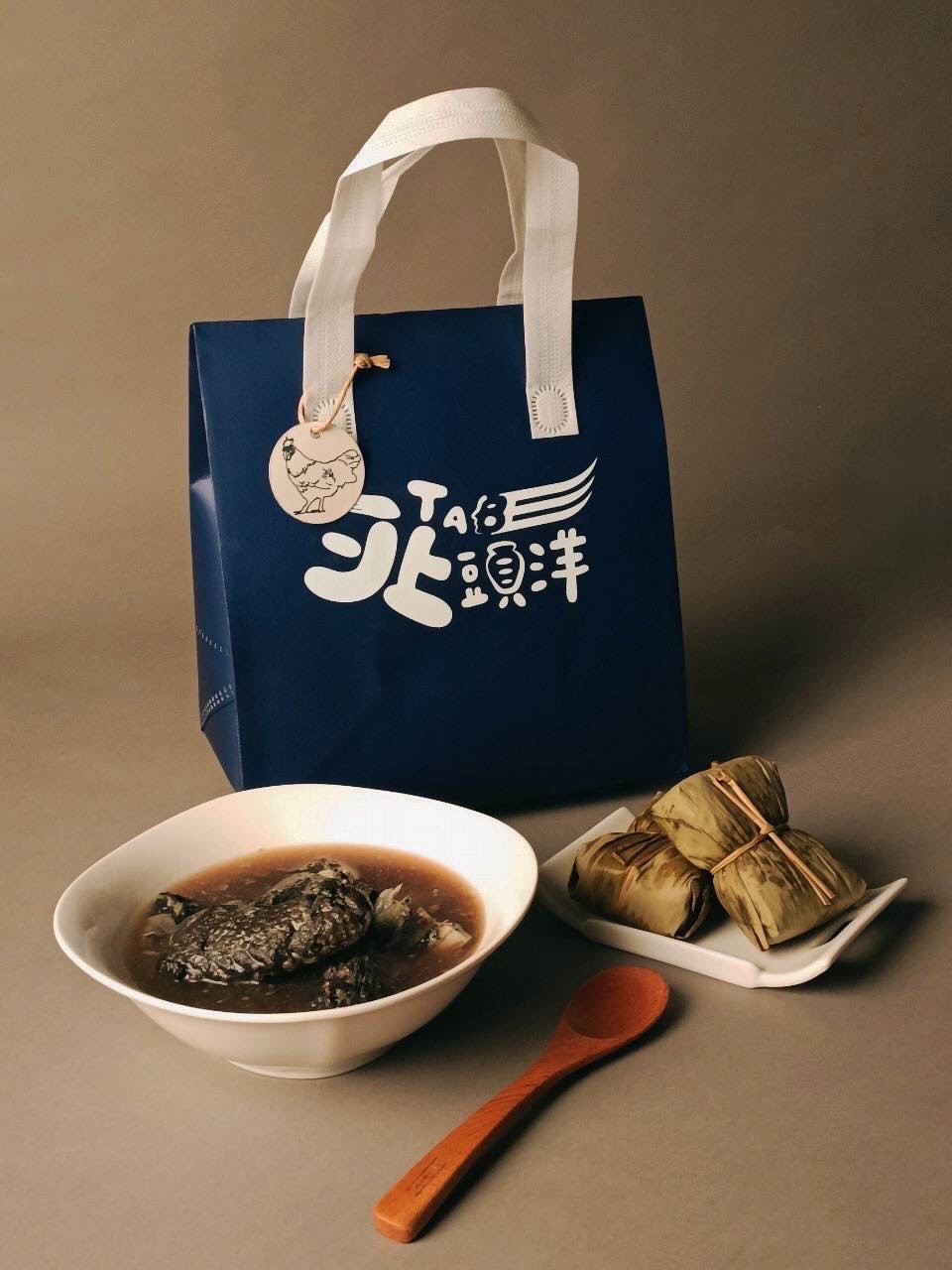
【An Image of Beitouyang bag design】
This course guided students through the principles, values, and overall strategies of cultural and creative brand development. By engaging in design, analysis, and hands-on implementation, students gained a comprehensive understanding of brand planning. Project leader Hong-kun Duan emphasized that, as part of the 114-Year Kuva Active Settlement Reconstruction Project, sponsored by Tainan City Government Aboriginal Affairs Council, this initiative marked the first time school resources were leveraged to assist tribal communities in brand design. The students’ work demonstrated both cultural sensitivity and thorough execution, laying a strong foundation for future collaborations.
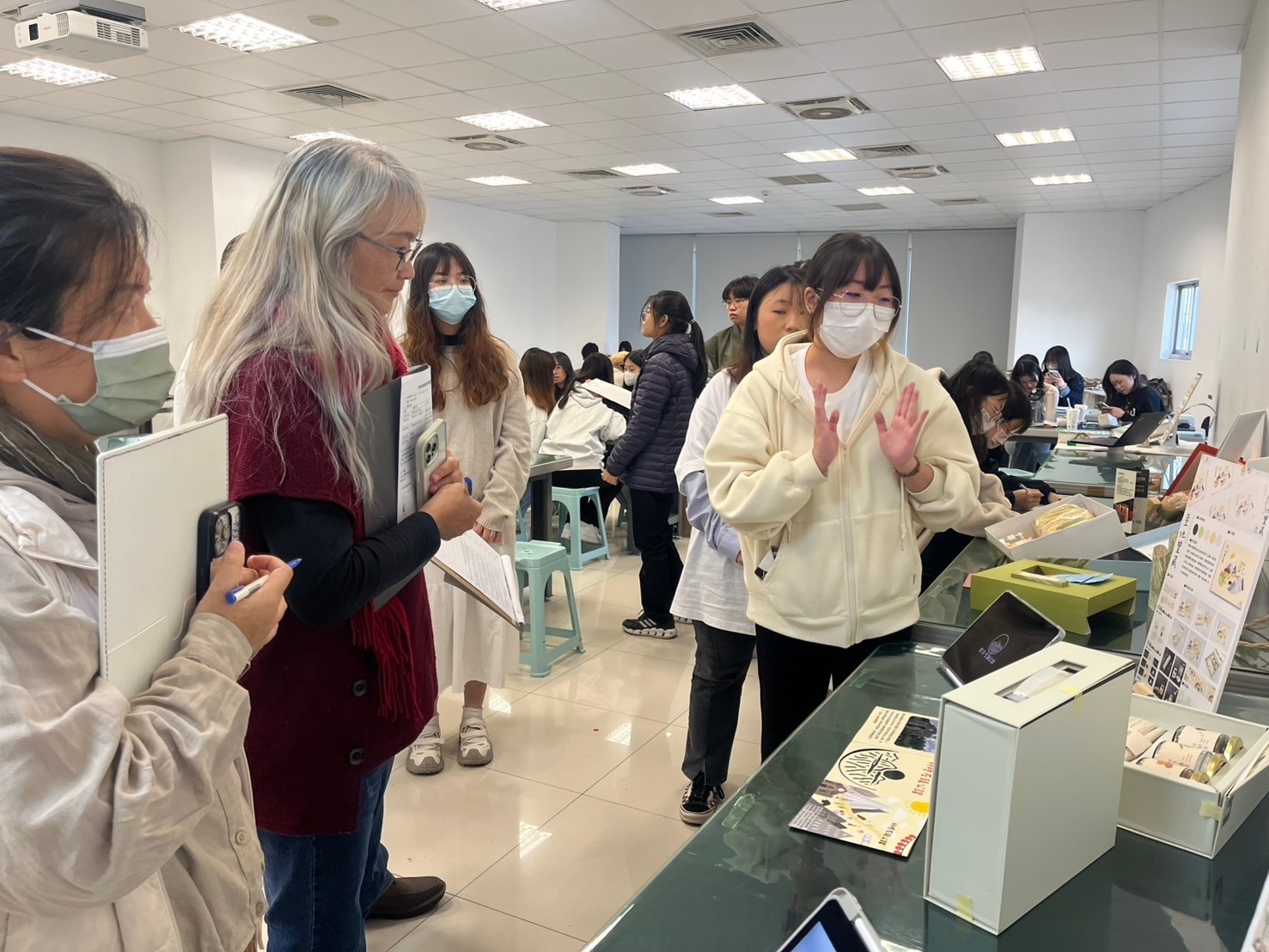
【Students were making their final report on cultural and creative branding and design practice.】
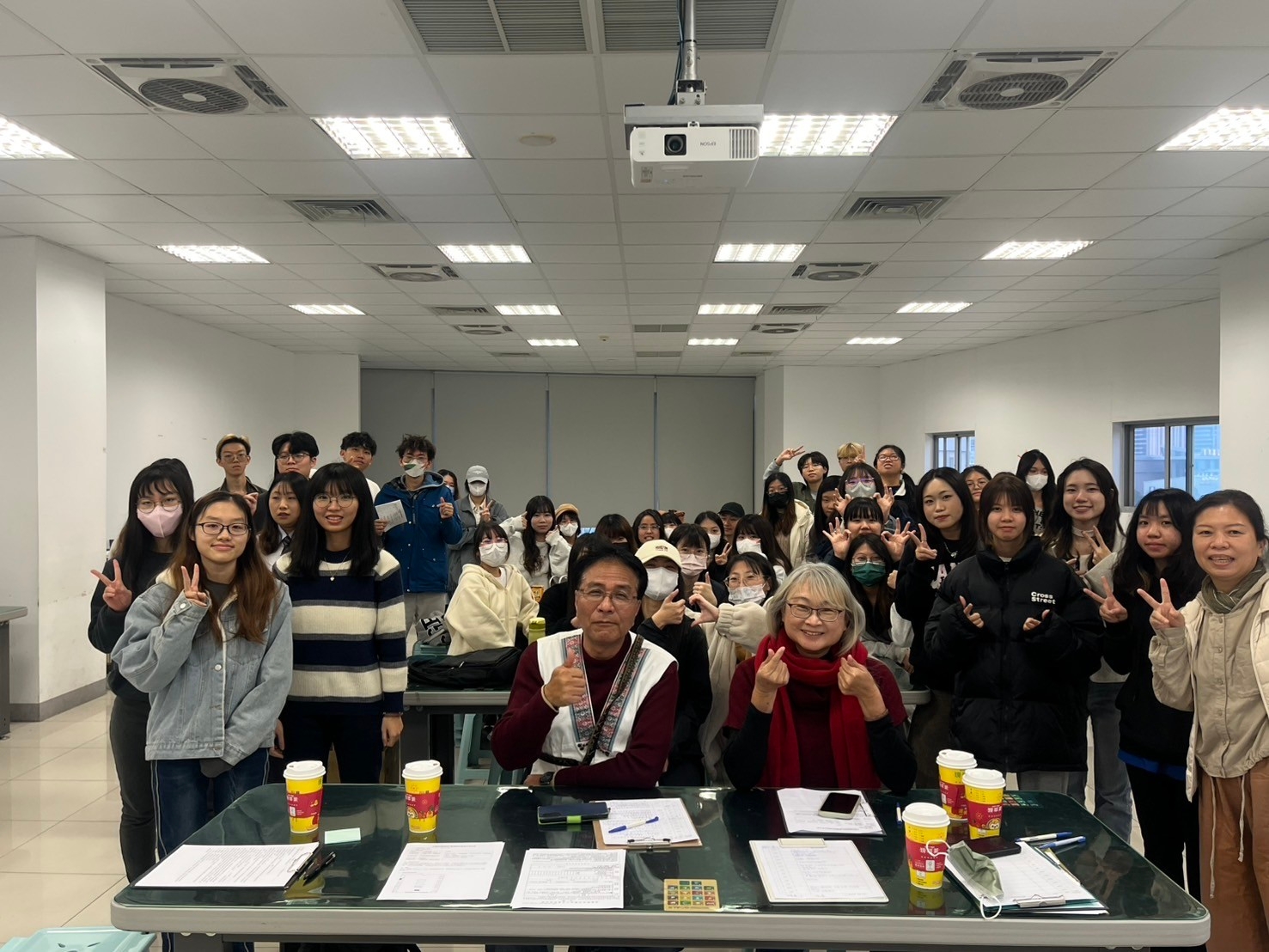
【Students were making their final report on cultural and creative branding and design practice.】
%E4%B8%89%E7%B5%84%E7%B0%BD%E7%B4%84%E4%B9%8B%E5%93%81%E7%89%8C%E5%8C%85%E8%A3%9D%E5%B1%95%E7%A4%BA%E3%80%82.jpg)
【Brand packaging display for the three signing groups on February 21】
Professor Meng-ling Lai noted that playing a coordinating role in the KUVA reconstruction project not only eased communication challenges but also expedited project completion, leading to more refined results. Through this experience, students honed their communication skills with community stakeholders, learned how to interpret and meet client needs, and fostered deeper interaction between the university and local communities. The communities adopted students’ designs, affirming both their personal abilities and the practical value of the course, demonstrating its tangible impact on local development.
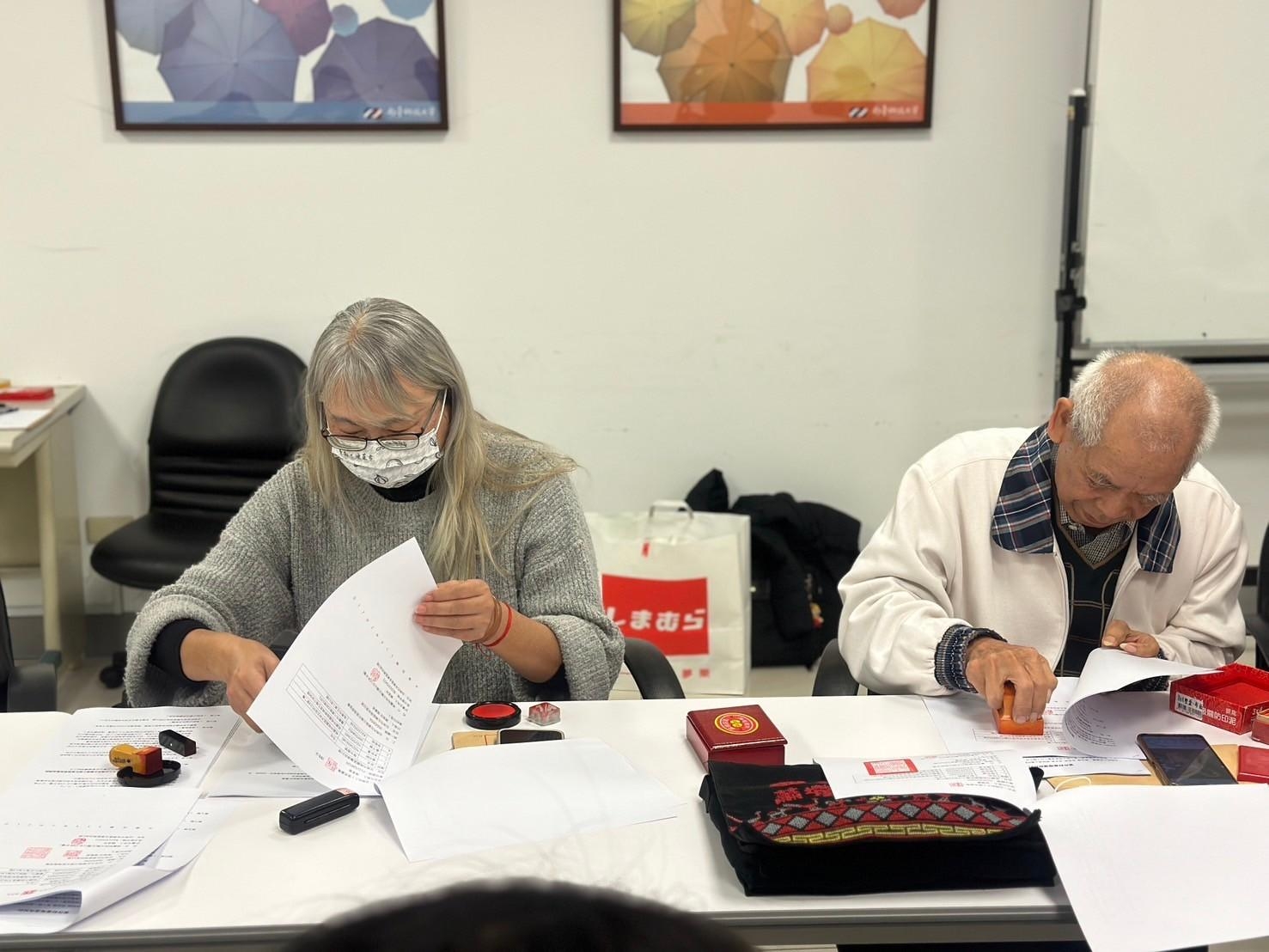
【A photo of the brand design signing ceremony for STUST, Gongguan Community, and Beitouyang Development Association】
The USR course "Cultural and Creative Brands and Design Practice" embodies the university's core social responsibility values, enhancing students’ learning experiences while positively impacting local communities and industries. By bridging academia and real-world applications, the program contributes to the sustainable growth of local culture, industry, and branding.